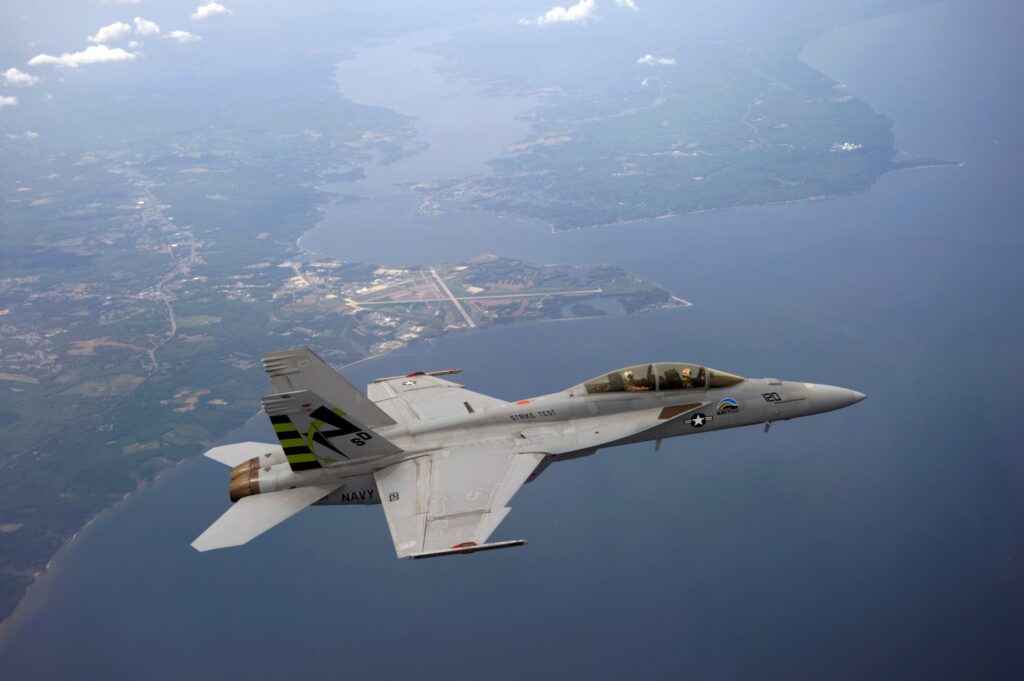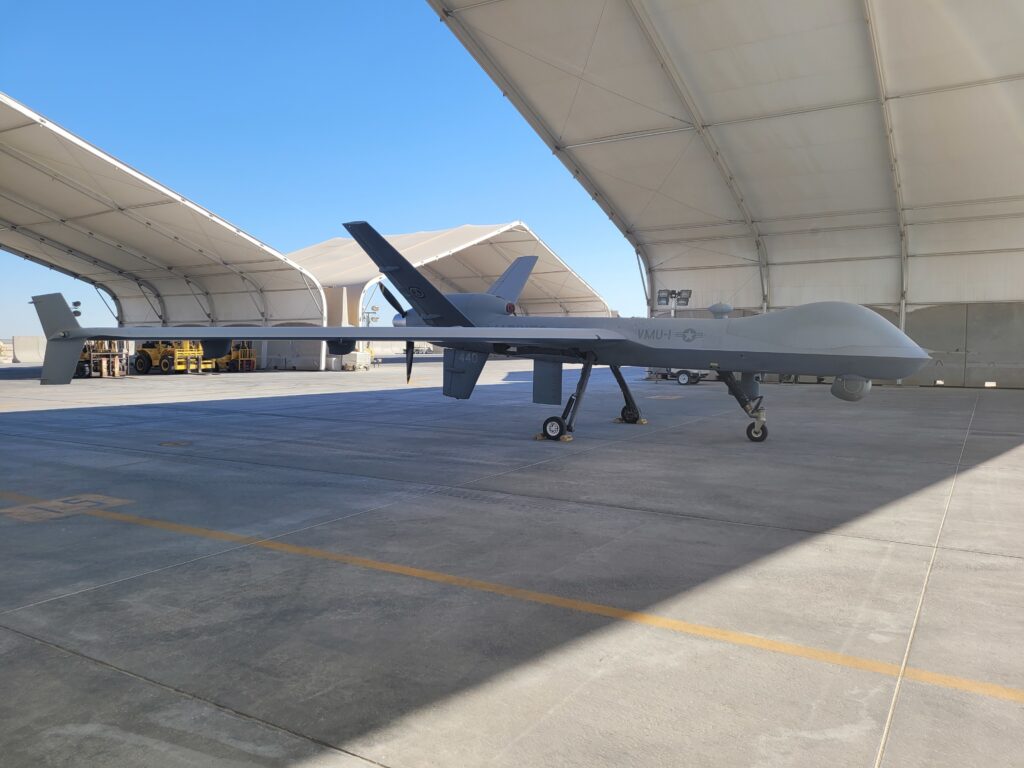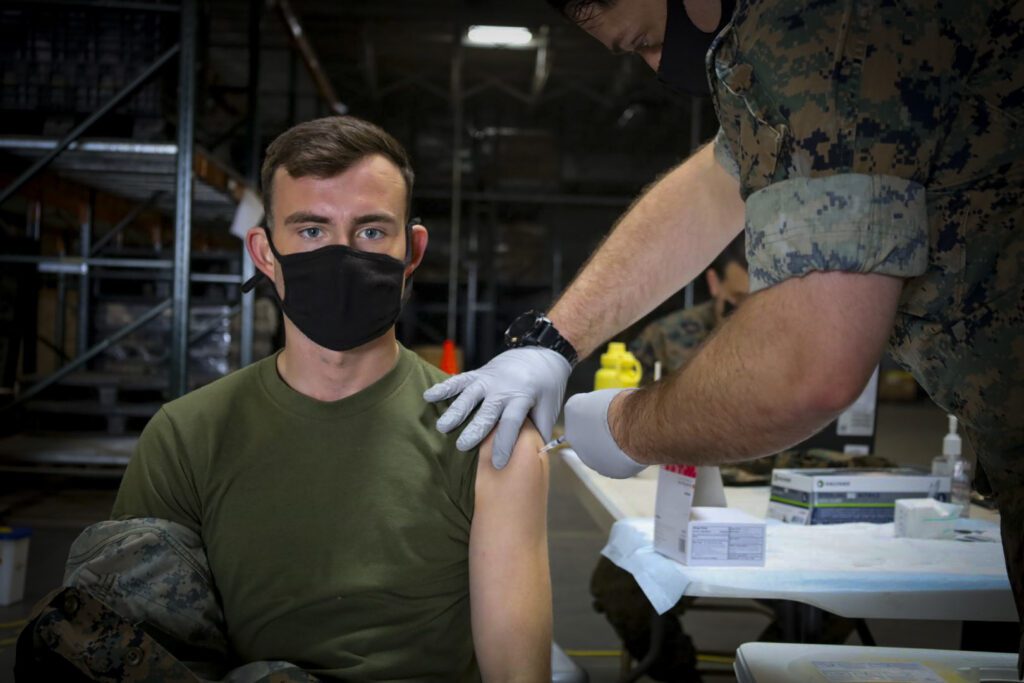Service Logisticians: Mini Nuclear Reactors Might be a Solution to Future Expeditionary Energy Needs

ARLINGTON, Va. — Top logisticians of the U.S. Navy, Marine Corps and the other armed services told a congressional panel Dec. 2 they are exploring the development of deployable, micro nuclear reactors as an energy source for warfighters in remote and austere environments.
“The Marine Corps clearly appreciates the value and potential future benefits of alternative energy sources,” Lt. Gen. Edward Banta, deputy commandant for Installations and Logistics, told a House Armed Services Committee hearing on operational energy and logistics challenges.
“Through our Marine Corps Warfighting Lab, we have been involved in looking at hydrogen fuel as a potential future source, and I would think that combining that with both micro grids as well as potential micro reactors would provide great benefits to us in the future, but particularly operating in an expeditionary area environment,” Banta added.
Rep. John Garamendi (D-California), the subcommittee chair, noted in his opening statement the Defense Department is the world’s “largest single consumer of petroleum products,” using more than 85 million barrels of fuel in Fiscal 2017 at a cost of nearly $8.2 billion. “Such expensive requirements invite risk,” both to frontline troops who need it and those who provide it, he said.
The Pentagon defines operational energy as the energy required for training, moving and sustaining military forces and weapons platforms for military operations. The term includes energy used by tactical power systems, generators and weapons platforms.
For years, the individual services have been exploring alternative fuels, such as the Navy’s Green Hornet project — an F/A-18 Super Hornet strike fighter jet powered by a 50-50 biofuel blend — to save both money and the environment. However, lessons learned in the austere and isolated distances of Iraq and Afghanistan over the last 20 years showed the need not only for alternative fuels, but innovative ways to transport and store energy. Planners expect that need to grow with widely dispersed, highly mobile ships and ground units operating in contested areas of the vast Indo-Pacific region.
In 2015, Russia announced plans to build up to 30 small transportable nuclear reactors for the Arctic to provide electricity to remote bases under development as part of Russia’s Arctic militarization.

Rep. Doug Lamborn of Colorado, the ranking Republican on the Readiness subcommittee raised the issue of small reactors as a promising solution to frontline forces’ energy needs, such as Project Pele, the Defense Department’s Strategic Capabilities Office project to design, build, and demonstrate a prototype mobile nuclear reactor.
“Anything that allows us the freedom to maneuver, we’re obviously very interested in,” said Vice Adm. Rick Williamson, the deputy chief of Naval Operations for Fleet Readiness and Logistics. To be able “to divorce the operational fleet from the logistics tether gives us maneuverability. Maneuverability equals survivability.”
While the Navy already has very big reactors to power aircraft carriers and submarines, “we have to look at the problem of sustaining the fleet as a whole. That is going to be done both ashore and afloat. So, if there is potential there [in small reactors], obviously it provides tremendous operational advantage for us,” Williamson said.
“I don’t think we can afford to not explore it within the realm of demand reduction,” Air Force Lt. Gen. Sam Barrett, the Joint Staff Director for Logistics, told the subcommittee.








